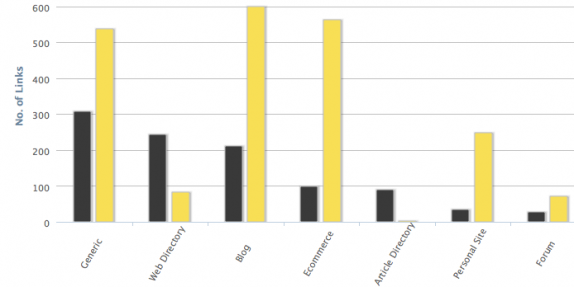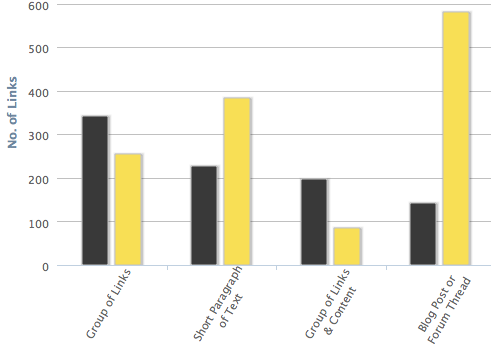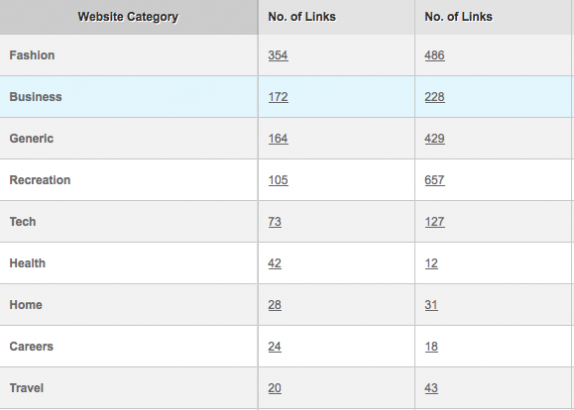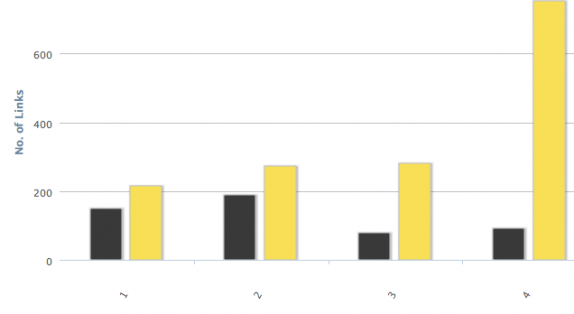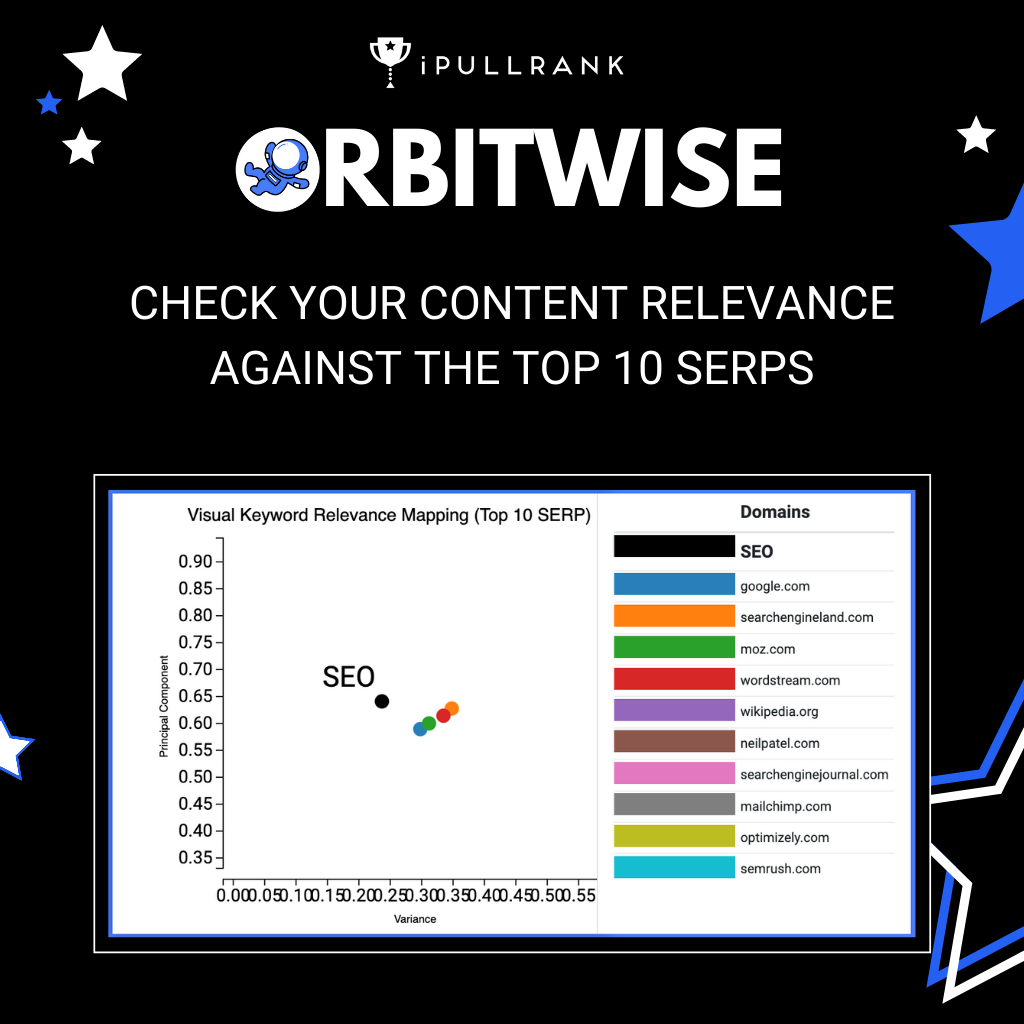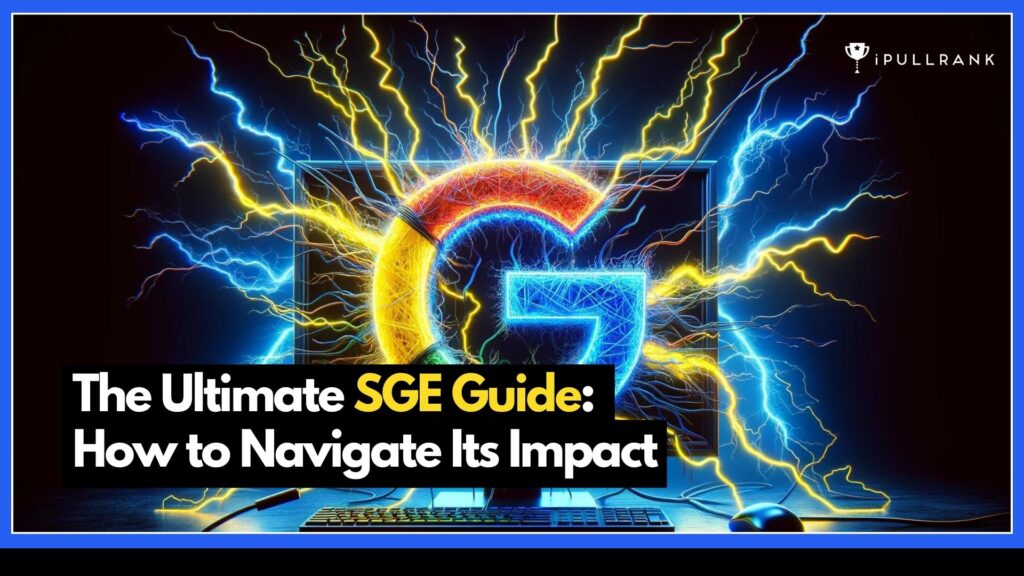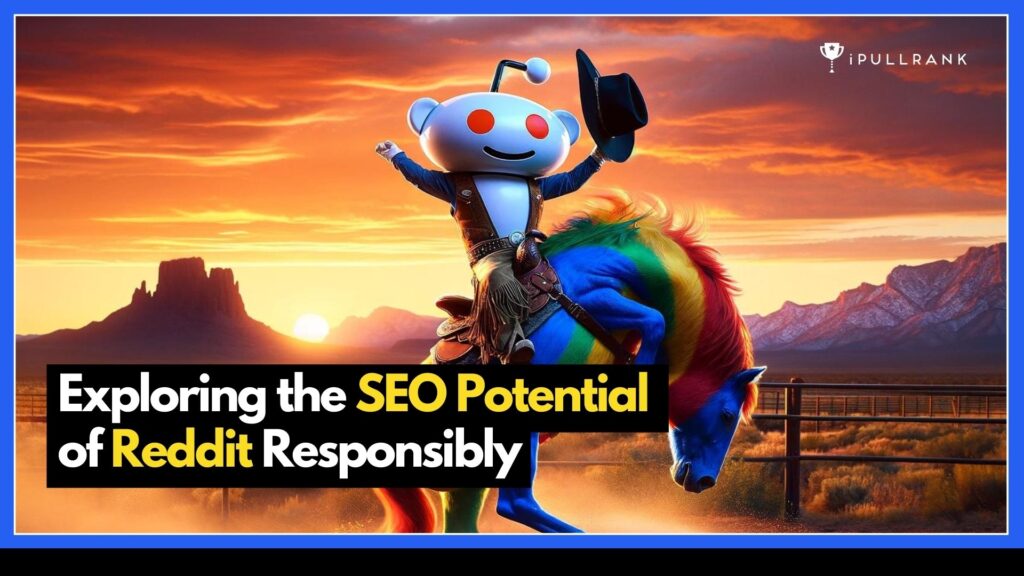The following article is a guest post by UK SEO Simon Penson, Founder of content led SEO Agency, Zazzle Media. I asked him to contribute after reading some of his work on rel=author and other cutting edge areas of SEO and awesome guest posts he did on the SEOmoz blog. Enjoy…
How to rescue your site from the grip of 1000s of low quality links.
If you own a site that has been around a few years and you have been active in acquiring links then chances are you are now fighting off the scourge of the dreaded ‘spammy link profile’.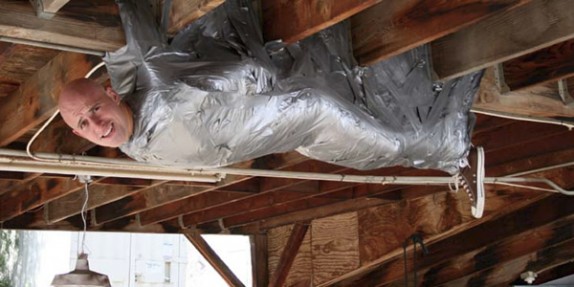
You may think that such a thing is the result of so-called bad SEO but in some cases it isn’t. Proactive SEO? Maybe. The kind of SEO required at the time? Possibly. But not ALWAYS bad SEO.
Undoubtedly there will be sites out there that have been abused but whichever way they got there is of little significance. The black and white fact of the matter is that the thousands of low quality links, obtained with little thought nor understanding of link profiling, are the SEO equivalent of wearing a ‘I Hate Kim Jong Il’ T-Shirt in Pyongyang. They are going to get you in a lot of trouble.
The question is then; how do we escape the clutches of such a penalty in order to move forwards once again? The answer is that you first need to understand your own link profile and those you compete with before you can then do something to rectify it.
As with all complex problems escaping your spammy link profile is as much about having a detailed understanding of the issue at hand as it is taking an All Action Hero approach from the off. This is not a time to run out of the starting gates, guns blazing. Its about diagnosis before cure.
To explain how the process works we’ll run through a fictional situation using a site in the fashion niche. For a little background it had been a leading site throughout the 2005-2009 period, amassing significant revenues that were reinvested in link building to reinforce its position still further.
As a PR4 site it had powered its marketing strategy with more than 25000 directory, article submission and other low quality links, the majority of which were aggressively targeted straight at their most profitable terms. And it worked.
The issues began to creep in late in 2009 as the site began to lose out to ‘lesser’ competitors. The immediate response was to build more of the same links but all that served to do was to compound the issue.
The answer was there all along of course and it could be found hidden deep in link profile data. And these are the steps they took to fix it.
Stage One: The Analysis
We’re not talking look in the mirror and love the guy staring back here, rather the mapping of the existing link profile.
The process starts with a classification exercise of the type of websites, pages and link positions those links can be placed into.
Anchor Text
Anchor text is one of the key metrics to understand and so we spend some time mapping the first 1000 or so links to see if the profile could be creating any over-optimisation issues.
Search engines like to see a varied anchor text profile and in the example we looked at for this post there awere no major issues here. Overall densities were spread nicely across a large number of anchor text terms and of the sites linking back link juice is spread enough to avoid standing out in the crowd.
Of course when looking at data like this a broad-brush approach to every market is not going to get it done. Instead, every site should be taken in CONTEXT with those around it as what is natural in one vertical certainly won’t be in others. And this is really where competitive modelling comes in very handy.
Lots of link tools, such as Cemper’s LRT OR the new tool from Cognitive SEO allow you to perform competitive analysis and this kind of tool can be VERY useful in understanding where your strengths and weaknesses may be. Below we look at which metrics we look at in deciding what kind of tactics are needed to right the wrongs.
WebPage Type
We start with webpage type and analyze where the link comes from (i.e. – a blog, a directory, ecommerce, article directory, forum etc) to see if the site has overcooked its work in one specific area. This is usually where the problems and solutions begin to surface, as directories will generally have the lion’s share of inbound interest and will also be throwing the PR Value balance out of kilter.
Link Positioning
Next up is Link Positioning and where on a page your links sit. Panda and other recent algo changes have made contextual links all the more important and so the key here will be understanding which links needed killing off or editing to ensure that as many as possible serve you positively.
The Black column is ‘our site’ and the yellow the top site for the term we are chasing. The same is true of all graphs here.
Again, diversity is important here, but keep an eye on things such as groups of links together, lots of blog comments links and also WHERE on the page they sit. Having too many in the header or footer, for example, could indicate paid links and/or site wides, both of which Google detests and will ‘zero value’ at best or penalize at worst.
Categories
Insight into which verticals those links come from is also important, as link relevance is a major factor in determining value.
In our fictional example our gifts retailer is in a fortunate position in having the ability to naturally reach out to all manner of niches. Links from sites about business, ecommerce, home, tech etc would all be fair game. If your site is about the Higgs Boson and particle physics, however, you should look to create a much more focused profile.
Others
There are many other metrics you can use to parse your data still further but we like to keep it clean and straightforward and concentrate on the above plus an analysis of the PageRank distribution to ensure that we do not have all of our links from low value domains and pages. A mix is what is important here.
Discovering banned or broken links can also be very wise as being linked to from ‘dodgy’ neighbourhoods is a little like being in the same car as a wanted fugitive. The result is never a good one. Removing them, therefore is a VERY good idea and below we can see a snippet of a ‘run’ we carried out for our fictional account:
And we can also do the same with Site wides too:
Target found www.XXXX.com/, Keyword: XXXXX, Site-Wide (809)
The above is an example and we should be contacting said site immediately to have links removed from all but one page.
Stage Two: The Road Map
Understanding the current state of affairs is clearly an important milestone to reach but it is useless without any quantifiable plan of action.
The key here is NOT to overload yourself with data but rather create a priority list of changes that need to be made with those with the biggest potential to create positive change at the top of the pile.
In the example we have here our list would look a little like this:
- Webpage type – reduce the number of directory links/increase number of High PR links
- Site wides – search out and destroy
- Category diversification – search out links in under optimised niches
- Remove banned and broken links
- Remove duplicate IP links
Stage Three: The Clean Up
And so it begins. The list above is your ticket to success. Think of it like that and the tediousness of contacting scores of webmasters will be a walk in the park.
The key is to be methodical and monotonous, as few directories or spammy sites will want to help you. Often the only way to get them to sit up and take notice, after a couple of friendly initial emails, is to make them aware that you can, and will, contact their hosting provider and request them to shut the site down if they do not comply with your request.
Personally I like the Domain Tools Whois lookup to discover who it is you need to get in touch with in the first place but any reverse ip and/or whois tool will work just as well. For further info on how you can make this stage work take a look at this guide.
Stage Four: The Content Piece
While you work on the removal of unwanted or harmful links it is important to begin the proactive piece and start looking at how you can fill the gaps in a positive way.
If, for instance, we need more PR4/5 links you should start looking for bloggers and other authority sources using Google’s blog search and social tools such as Follower Wonk to build an outreach list. All you then need is to read this piece by Mike himself on the SEOMoz blog and get out there.
At least now you’ll be much more focused on what sort of links you actually need and where they should come from, which, in turn, will help refocus your outreach efforts and gain you those links you so desperately need.
And if you still fail?
Your first port of call right at the beginning of this whole process should be a check of all other known penalty causing site issues. Right at the top of this piece we made the assumption that you had already ruled out such things as:
- You’ve got site speed issues.
- You’re blocking your site by Robots.txt etc
- You’ve set up bad canonicals or redirects.
- Your site has massive duplicate content.
- You’ve been hacked or hit with malware.
(List courtesy of Dr Pete and his 6 ways to recover from bad links post )
And if the link optimisation piece doesn’t work then there are some great tips in Pete’s piece on how to control who links to you and how.
As well as some awesome Panda duplicate content factors to consider and explore.
Failing that it could be that the rot is so deep and smeared across your domain that there is only one thing you can do – cut all ties and start again…but that’s a story for another day entirely.
Further reading:
Below are a small number of posts related to this topic that I suggest offers further insight into this broad area:
- The Spammy Backlink Profile Escape Plan - February 1, 2012


